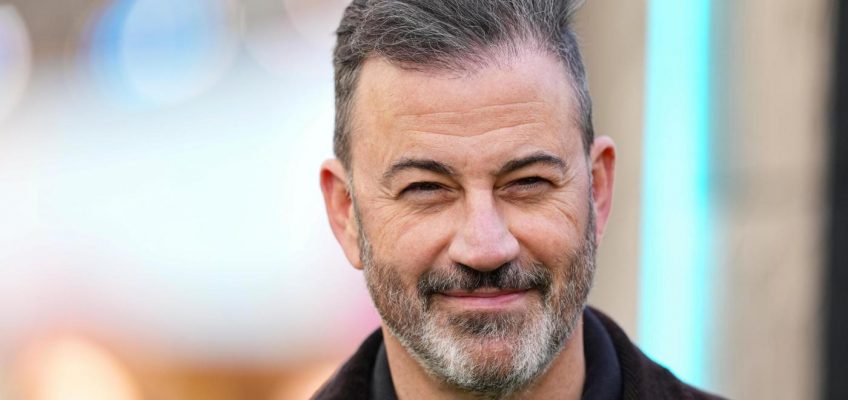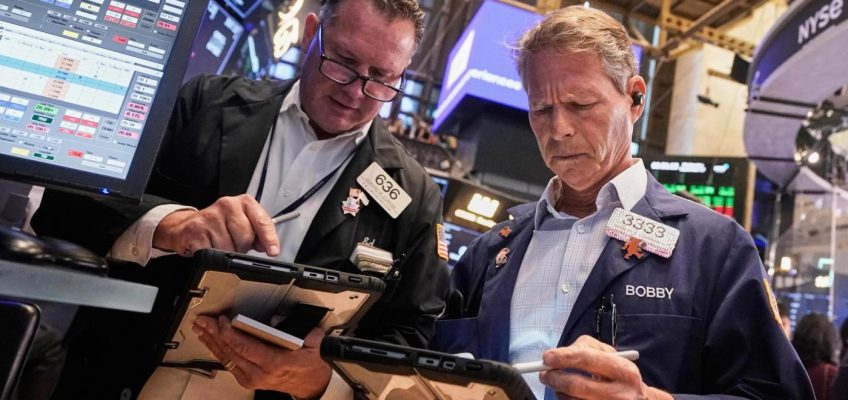By DAVID BAUDER, AP Media Writer
NEW YORK (AP) — Jimmy Kimmel is set to return to late-night television Tuesday after a nearly weeklong suspension that triggered a national discussion about freedom of speech and President Donald Trump’s ability to police the words of journalists, commentators and even comics.
Related Articles
Man representing himself against charges of trying to kill Trump will give his closing argument
More Americans think companies benefit from legal immigration, a new AP-NORC poll finds
11 migrants deported by US to Ghana were sent home despite safety concerns, their lawyer says
Today in History: September 23, Nixon’s ‘Checkers’ speech
There will be no casino in Manhattan after all proposals are rejected by locals
But two groups of ABC affiliates that denounced Kimmel last week said they would not carry his return. Nexstar Media Group said it would continue to preempt the show, “pending assurances that all parties are committed to fostering an environment of respectful, constructive dialogue in the markets we serve.” Sinclair Broadcast Group said it would also keep Kimmel off its stations. The two corporations collectively control about a quarter of ABC affiliates.
ABC, which suspended Kimmel’s show last Wednesday following criticism of his comments about the assassination of conservative activist Charlie Kirk, announced Monday that “Jimmy Kimmel Live!” would return after the network had “thoughtful conversations” with the host.
“Our long national late nightmare is over,” Stephen Colbert joked on his CBS show in response to Kimmel’s reinstatement.
ABC suspended Kimmel indefinitely after comments he made in a monologue last week. Kimmel suggested that many Trump supporters were trying to capitalize on Kirk’s death and were “desperately trying to characterize this kid who murdered Charlie Kirk as anything other than one of them.”
Chairman of the Federal Communications Commission of the United States Brendan Carr speaks during the Concordia Annual Summit in New York, Monday, Sept. 22, 2025. (AP Photo/Andres Kudacki)
Trump-appointed Federal Communications Commission Chairman Brendan Carr last week said it appeared that Kimmel was trying to “directly mislead the American public” with his remarks about Tyler Robinson, the 22-year-old Utah man charged with Kirk’s killing, and his motives. Those motives remain unclear. Authorities say Robinson grew up in a conservative family, but his mother told investigators his son had turned left politically in the last year.
“We can do this the easy way or the hard way,” Carr said before ABC announced the suspension. “These companies can find ways to change conduct, to take action, frankly, on Kimmel, or there is going to be additional work for the FCC ahead.”
Those remarks set a backlash in motion, with Republican Sen. Ted Cruz saying that Carr acted like “a mafioso.” Hundreds of entertainment luminaries, including Tom Hanks, Barbra Streisand and Jennifer Aniston, signed a letter circulated by the American Civil Liberties Union that called ABC’s move “a dark moment for freedom of speech in our nation.”
Demonstrators hold signs outside El Capitan Entertainment Centre, where the late-night show “Jimmy Kimmel Live!” is staged, Thursday, Sept. 18, 2025, in Los Angeles. (AP Photo/Damian Dovarganes)
Some consumers punished ABC parent Disney by canceling subscriptions to its streaming services.
Trump had hailed Kimmel’s suspension, even inaccurately saying the show had been canceled. Kimmel has been a relentless Trump critic in his comedy.
Trump’s administration has used threats, lawsuits and federal government pressure to try to exert more control over the media industry. Trump sued ABC and CBS over news coverage, which the companies settled. Trump has also filed defamation lawsuits against The Wall Street Journal and The New York Times, and successfully urged Congress to strip federal funding from NPR and PBS.
How — or even whether — Kimmel would address the controversy on his first show back remained a mystery. Millions of people are likely to watch.
Disney and ABC executives reportedly negotiated the return for several days before announcing the resolution. The ABC statement said the suspension happened because some of Kimmel’s comments were “ill-timed and thus insensitive,” but it did not call them misleading.
Andrew Kolvet, a spokesperson for Turning Point USA, the organization founded by Kirk and now headed by his widow, posted on X that “Disney and ABC caving and allowing Kimmel back on the air is not surprising, but it’s their mistake to make.”
The suspension happened at a time when the late-night landscape is shifting. Shows are losing viewers, in part because many watch highlights the next day online. CBS announced the cancellation of Colbert’s show over the summer. Kimmel’s contract with ABC reportedly lasts through May.
Colbert, in his opening monologue Monday, grabbed his recently won Emmy Award for outstanding talk series, saying, “Once more, I am the only martyr on late night!”
Associated Press writers Mark Kennedy and James Pollard in New York and Patrick Whittle in Portland, Maine, contributed to this report.




